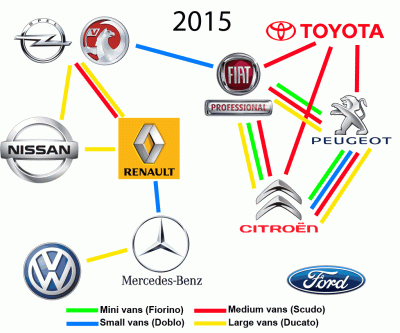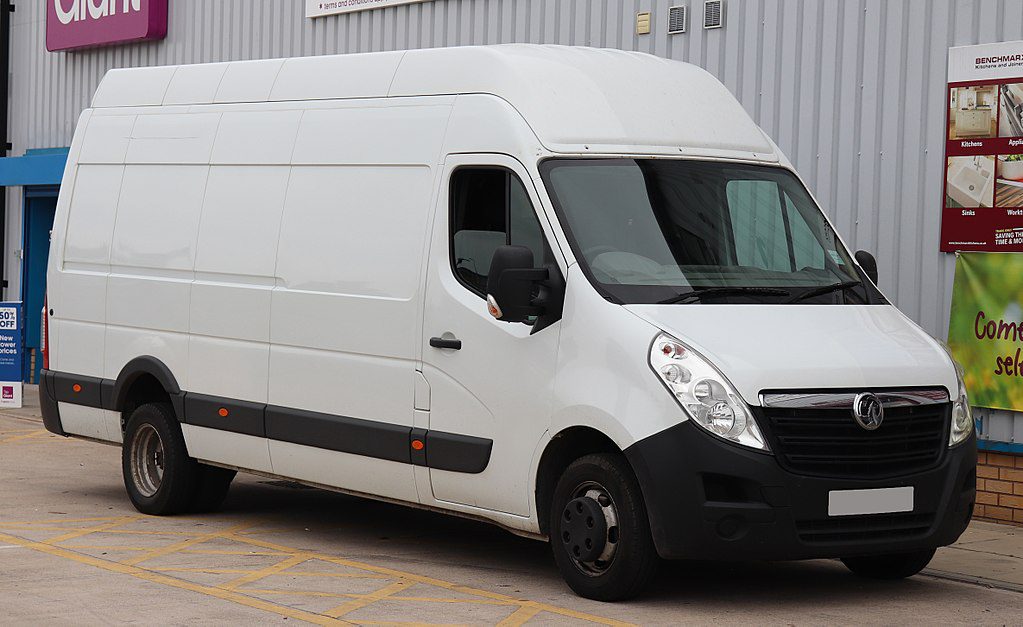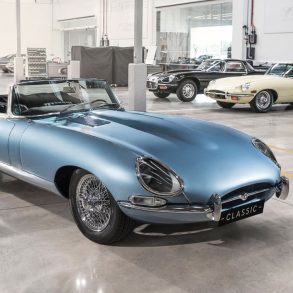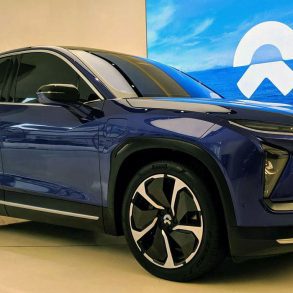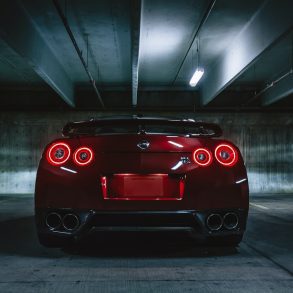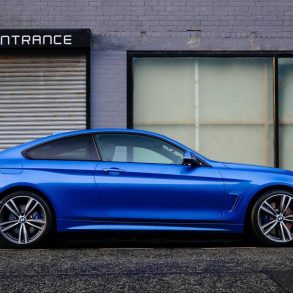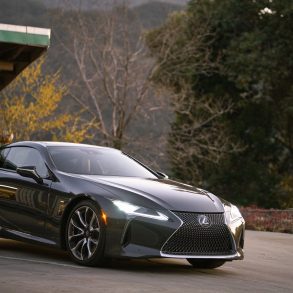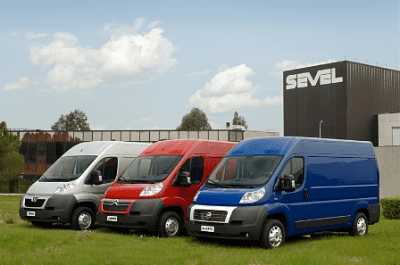 The Light Commercial Vehicle business in Europe has always been one of low margins and high volume. That’s why so many LCV models are co-developed in alliances of automakers who would otherwise be each others rivals. Some of these alliances have been in place and successful for decades, take for example the “Sevel Sud” alliance between Fiat and PSA Peugeot-Citroën, which has been producing the Fiat Ducato, Peugeot Boxer (originally known as J5) and Citroën Jumper/Relay (originally the C25) since 1981. However, in the upcoming few years, some of these alliances are due for a shake-up as a result of two new partnerships in the European car landscape. The first one is a cooperation between PSA and General Motors, even though this partnership already been reduced from its initial target, it will still involve Light Commercial Vehicles, and the other is the tightening of the relationship between Renault-Nissan and Daimler. Each of these four automakers already have tie-ups with other brands in the LCV market, most notably the cooperation between General Motors and Renault-Nissan.
The Light Commercial Vehicle business in Europe has always been one of low margins and high volume. That’s why so many LCV models are co-developed in alliances of automakers who would otherwise be each others rivals. Some of these alliances have been in place and successful for decades, take for example the “Sevel Sud” alliance between Fiat and PSA Peugeot-Citroën, which has been producing the Fiat Ducato, Peugeot Boxer (originally known as J5) and Citroën Jumper/Relay (originally the C25) since 1981. However, in the upcoming few years, some of these alliances are due for a shake-up as a result of two new partnerships in the European car landscape. The first one is a cooperation between PSA and General Motors, even though this partnership already been reduced from its initial target, it will still involve Light Commercial Vehicles, and the other is the tightening of the relationship between Renault-Nissan and Daimler. Each of these four automakers already have tie-ups with other brands in the LCV market, most notably the cooperation between General Motors and Renault-Nissan.
General Motors’ Opel and Vauxhall units have been supplied with medium and large commercial vehicles by Renault since 1997, when the first generation Renault Trafic was rebadged as the Opel/Vauxhall Arena. The second generation Trafic and its clones Opel Vivaro and Nissan Primastar were actually even produced by General Motors in its Luton, UK factory. And from 1998, Renault also rebadged its large commercial van Master as the Opel Movano and Nissan Interstar (later NV400). However, the partnership between Renault-Nissan and General Motors is due to expire in the second half of this decade, but no announcement has been made about the future. However, it is a telling sign that Renault has moved production of the third generation Trafic and the upcoming Nissan NV300 to its own factory in Sandouville, France, while Vivaro production stays in GM’s UK factory. Renault will also start production of a Fiat Scudo replacement on the same production line in 2016.
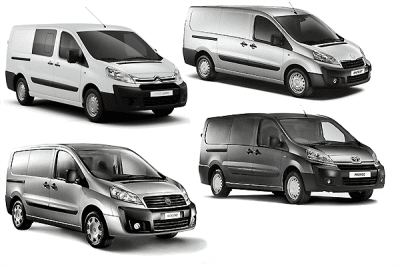 That’s because Fiat has pulled out of the “Sevel Nord” alliance with PSA, which started production of MPVs in 1993 and of the medium sized commercial vehicles Citroën Jumpy/Dispatch, Peugeot Expert and Fiat Scudo in 1994. After Fiat sold its share in that factory to PSA in 2012, the Toyota ProAce was added to the mix in 2013. PSA and Toyota will launch their next generation vans in 2016, and Fiat will get a rebadged Renault Trafic instead. The existing cooperations with PSA on mini LCVs (Fiat Fiorino, Peugeot Bipper and Citroën Nemo, built by Tofas in Turkey) and large LCVs (see above) are expected to continue.
That’s because Fiat has pulled out of the “Sevel Nord” alliance with PSA, which started production of MPVs in 1993 and of the medium sized commercial vehicles Citroën Jumpy/Dispatch, Peugeot Expert and Fiat Scudo in 1994. After Fiat sold its share in that factory to PSA in 2012, the Toyota ProAce was added to the mix in 2013. PSA and Toyota will launch their next generation vans in 2016, and Fiat will get a rebadged Renault Trafic instead. The existing cooperations with PSA on mini LCVs (Fiat Fiorino, Peugeot Bipper and Citroën Nemo, built by Tofas in Turkey) and large LCVs (see above) are expected to continue.
Meanwhile, General Motors has sold a rebadged Fiat Doblo as the Opel/Vauxhall Combo since 2011, after building three generations of the Combo based on its own compact or subcompact models since 1986. But the next generation Combo, due in 2018, will be developed together with PSA, to become a clone of the next generation Citroën Berlingo and Peugeot Partner. Without Opel-Vauxhall volume, Fiat is hoping to gain enough economies of scale for the Doblo by exporting it to the United States as the RAM ProMaster.
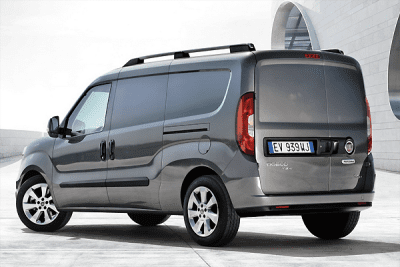 Mercedes-Benz currently sources its small commercial van from Renault, which produces a rebadged version of its Kangoo as the Mercedes-Benz Citan. Funnily enough, Renault’s low-cost brand Dacia has developed its Dokker small commercial van without using the blueprints of the Renault Kangoo. Mercedes-Benz also has a partnership with Volkswagen, producing the Crafter large van based on its own Sprinter, but this couple is breaking up at the end of 2016, as Volkswagen will build the next generation Crafter in its own factory which already produces the Caddy. Instead of developing an all-new model, the new Crafter will be an updated version of the current generation.
Mercedes-Benz currently sources its small commercial van from Renault, which produces a rebadged version of its Kangoo as the Mercedes-Benz Citan. Funnily enough, Renault’s low-cost brand Dacia has developed its Dokker small commercial van without using the blueprints of the Renault Kangoo. Mercedes-Benz also has a partnership with Volkswagen, producing the Crafter large van based on its own Sprinter, but this couple is breaking up at the end of 2016, as Volkswagen will build the next generation Crafter in its own factory which already produces the Caddy. Instead of developing an all-new model, the new Crafter will be an updated version of the current generation.
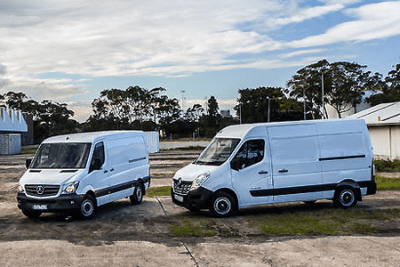 You might then think it would make sense that Daimler teams up once more with Renault-Nissan for the next generation Sprinter and Master/NV400, while potentially dropping the Opel Movano out of the equation, but there are some issues with that theory, as Mercedes-Benz and Renault both are the supplying partner in their current cooperations in large commercial vans, and won’t be willing to give up their experience and expertise, nor to close down any factories. And besides that, development of the next generation Sprinter has already started. And that van will be exported to other parts of the world as well, most notably North America, which means it will have to meet regulations from those regions, possibly making it more expensive than a van that’s designed purely for Europe (and South America). Mercedes-Benz’ image allows it to charge a higher price to offset this investment, but Renault would be reluctant.
You might then think it would make sense that Daimler teams up once more with Renault-Nissan for the next generation Sprinter and Master/NV400, while potentially dropping the Opel Movano out of the equation, but there are some issues with that theory, as Mercedes-Benz and Renault both are the supplying partner in their current cooperations in large commercial vans, and won’t be willing to give up their experience and expertise, nor to close down any factories. And besides that, development of the next generation Sprinter has already started. And that van will be exported to other parts of the world as well, most notably North America, which means it will have to meet regulations from those regions, possibly making it more expensive than a van that’s designed purely for Europe (and South America). Mercedes-Benz’ image allows it to charge a higher price to offset this investment, but Renault would be reluctant.
Until now, Ford has been the only brand with a full line-up of commercial vans without any alliance or partnership, and will be joined by Volkswagen after the break-up from Daimler. Hyundai is introducing its H-350 large commercial van in 2016, built in Turkey for exports to Europe, Middle East and Northern Africa.
For a visual aid of the European LCV alliances in 2015 and 2016, click on the picture below to start the animation: